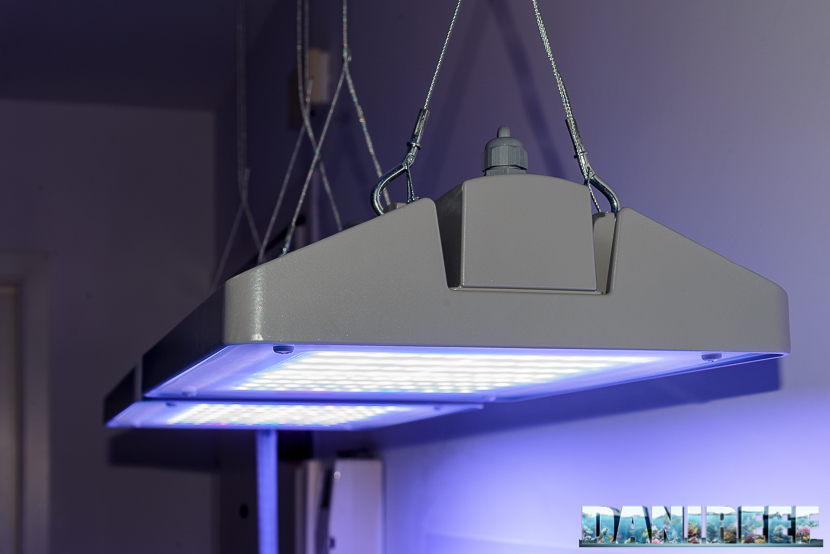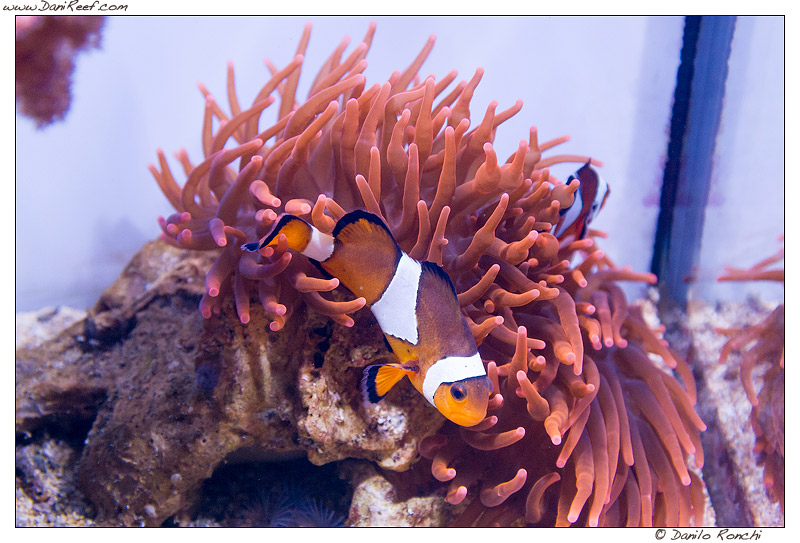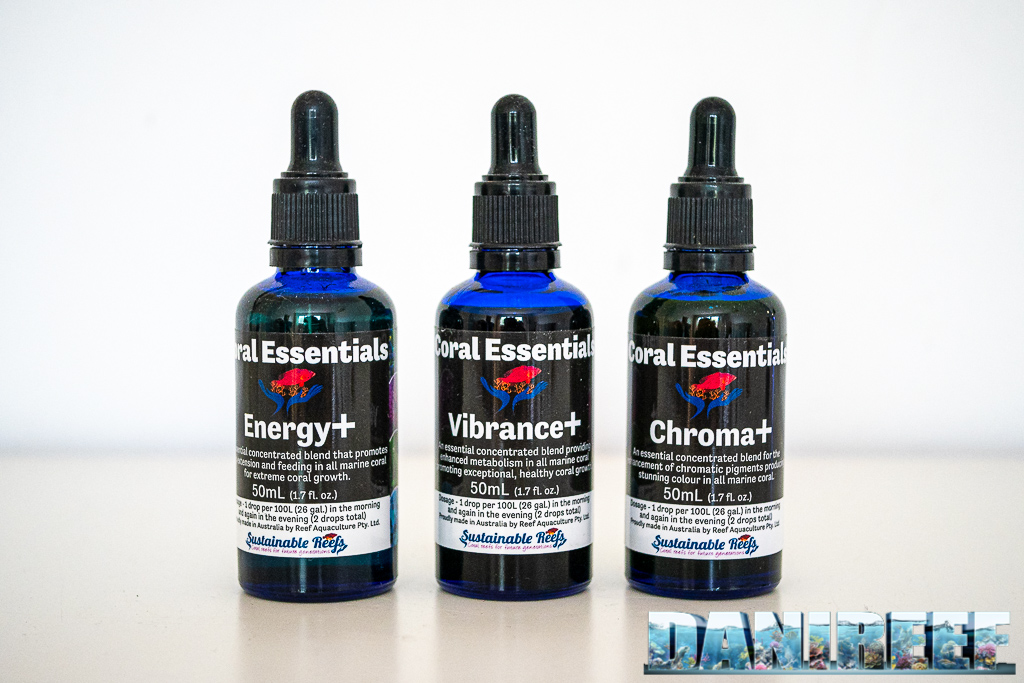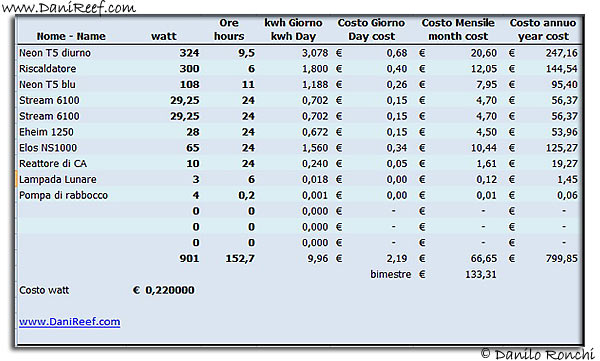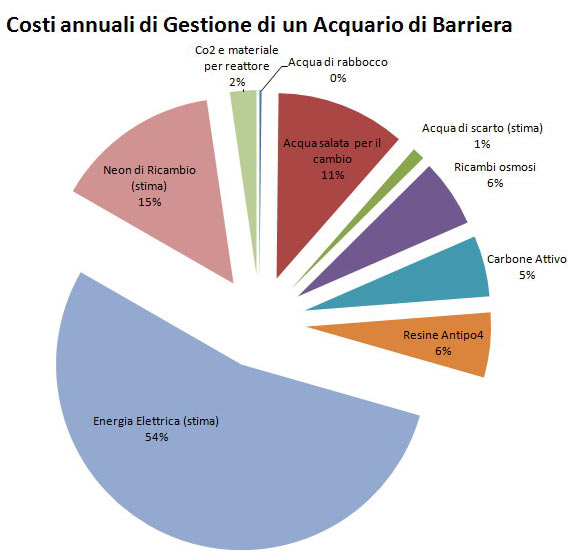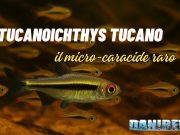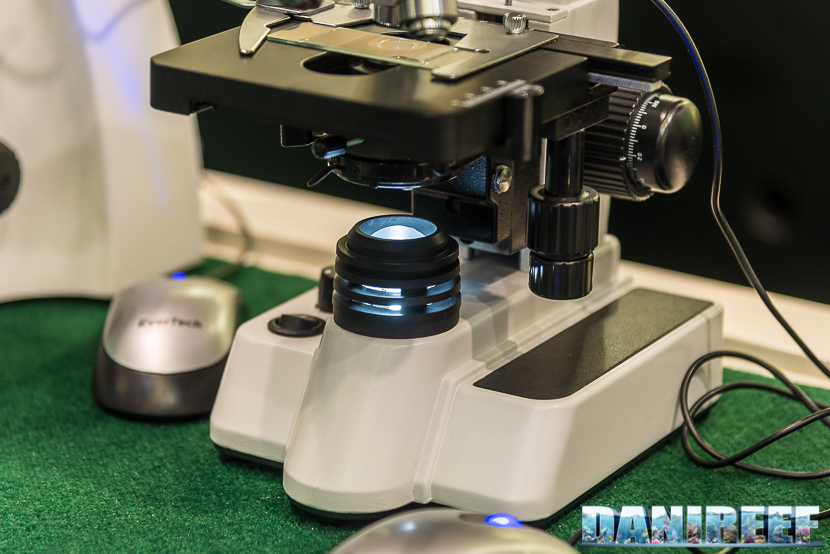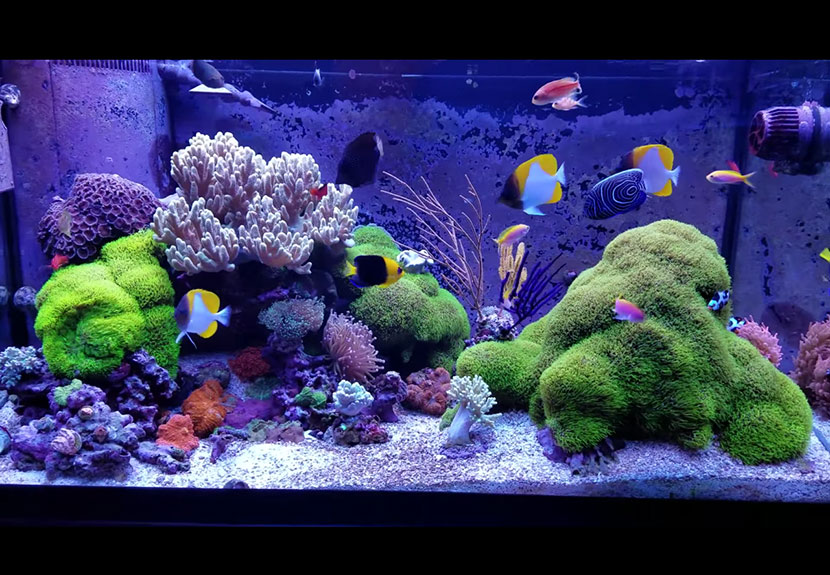
This is the first of a short series of articles aimed to improve our aquariums sustainability: we will start by illustrating several tips to reduce the energy bill of our tank.
This post is also available in: ![]() italiano
italiano
It felt like we had to write this article as we hear more and more every day about sustainability, so here we are to introduce you to tips (some, we hope, innovative) regarding the accomplishment of a sustainable marine aquarium.
In this first article we will cover the topic of how to reduce the energy consumption in the aquarium. This is essential as even a nanoreef tank will use up more energy than most house appliences, being in fuction 24/7. In the following weeks we will examine other pollution consequences of our tanks, and we will also talk about environmental conservations issues.
Unfortunately, regarding the aquarium sustainability, there is not such a thing as a straightforward approach. Each decision and action has consequences, and thinking about every little thing is almost impossible. The lack of a simple measurement unit to help us quantify “sustainability” also contributes to tangle things up.
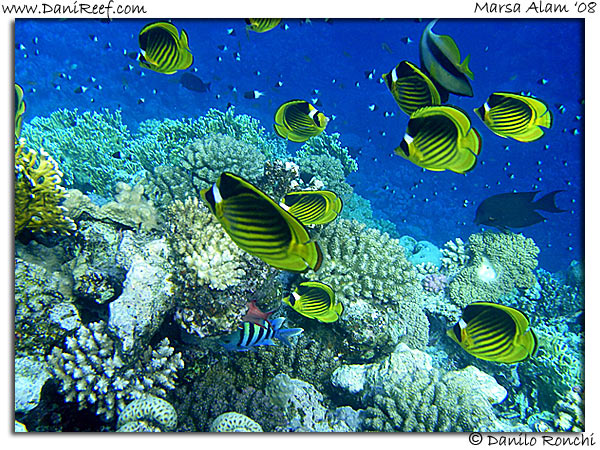
Let’s minimize energy consumption
The tropical reef tank needs some electrical components in order to function. These are unavoidable and will always add up to the total energy consumption (atleast for nowadays and nearest future technologies). In the basic set up of a rather small aquarium we will find lighting, pumps, skimmer, return pumps, water top-off systems, and systems for heating or chilling water. Occasionally we can add up calcium reactors (or similar) and other facultative accessories.
Lighting
We usually keep our lights on for around ten hours per day, for a total of several hundreds watt. Lighting is definitely one of the most energy consuming devices, we can thus make a big difference by acting on it.
The Philips Coralcare (article) ceiling light uses up about 190W. In a year it sums up to around 700 kWh consumption.
Let’s use LED placing them correctly
The first tip is to use a LED lighting system. Using these lamps we can obtain the same illumination power while minimizing the electrical consumption compared to HQI or T5 lamps. We should also check that the light doesn’t go beyond the tank surface lighting your house walls and floor. The small LED Tunze Ecochic can even be placed underwater, to avoid the light loss by reflection on the water surface.
If we were to find out that our lamps are lighting the outside of the tank, or their beam is wider than we need it to be, we could change the lenses with tighter ones (at 90° or even 60°) or we can move the light closer to the water surface. A few trials might be needed to find out the perfect balance between having the whole tank lit up and no light outside of it. If our illumination is not uniform we should place our most demanding corals right under the main beam and other corals on the sides for an optimal solution.
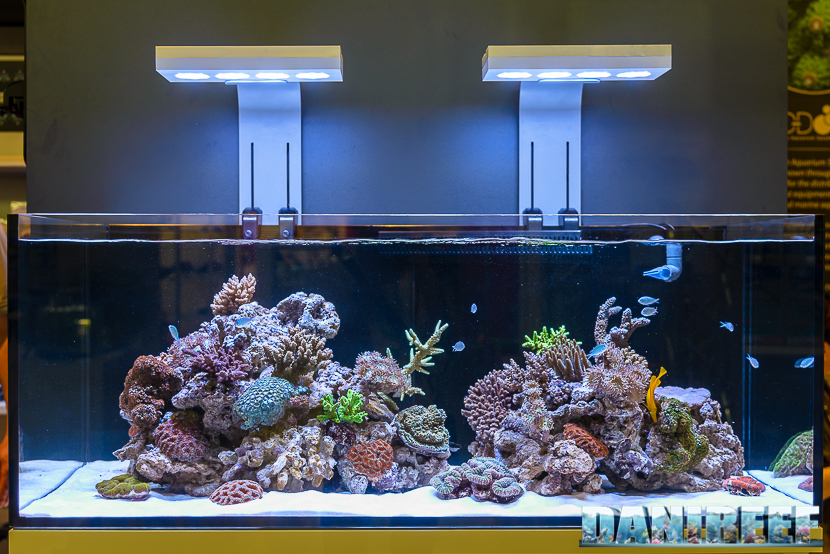
Choosing the right lights for the tank’s inhabitants
Almost all LED lights are adjustable. We can increase or dicrease their lighting intensity, sometimes also separating different colour channels. Thanks to this feature we can try (slowly and patiently) to get the best lighting plan for our corals and their growth, while also optimizing the energy consumption. Let’s think about what type of corals we are keeping: for soft corals and anemones the light demand is not that high!
For example, my LED light uses up around 35W for a 100L tank (80x30x40), this would obviously not be enough for SPS corals, but soft ones such as Zoanthus and Sarcophyton would thrive just as well.
Moreover, my anemone Entacmaea quadricolor has always been in good health and it even grew to divide itself. If we have easy corals, we can easily avoid a consuming lighting system that would be needed for SPS corals.
Use the sun
The sun lights up our Earth well enough to grow corals in tropical seas, even at depths where its light doesn’t arrive at full power. While in Europe we don’t get the same sun strenght as in the tropics, our tanks are limited enough in depth to compensate this. In full sun days we can consider the sun power as of 700W per metre square. A big tank could even reach those dimensions, but a nanoreef like mine is about a quarter of a square metre. In such sunny days, a properly placed tank could function with the lights off, fueled only by sunlight.
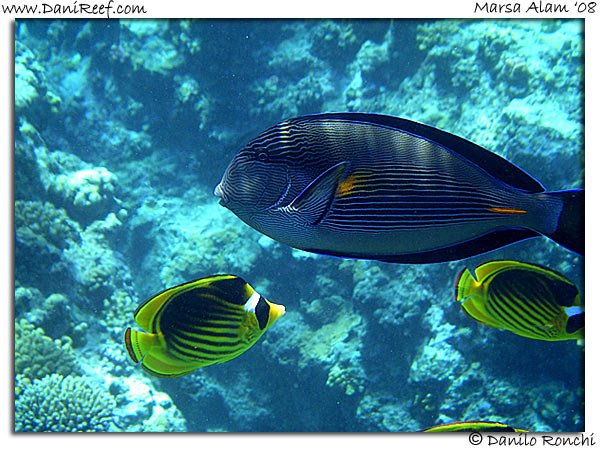
If we consider a sun lighting power of 1400 kWh per square metre (average value in Italy by solargis.info) and imagine to place the tank in a way that it could be lit by the sun for half the time, we would be facing a total of 700 kWh, which corresponds to 200 W per 10 hours per day for the whole year, for a one square metre surface tank.
To make things easier we could say that 200W of solar light match those of a well adjusted 200W LED lamp for our corals (1W of sunlight is thus the same as 1W of LED*).
This means that if we normally light up our one square metre tank with a 300W LED light, and if we use the sunlight to switch on our light only when needed most (or adjusting the light when the sun is not very strong), we could ideally use up only a third of the initial electrical energy. Of course this is an ideal scenario which would be obtainable only by using a sensor able to regulate our lamps based on the sun, and by having our tank placed in a optimal position.
Ideally it would even be possible to light the tank by a rotating mirrors system to maximize sun light, but this is almost Sci-fi!
Continues and ends on page two






